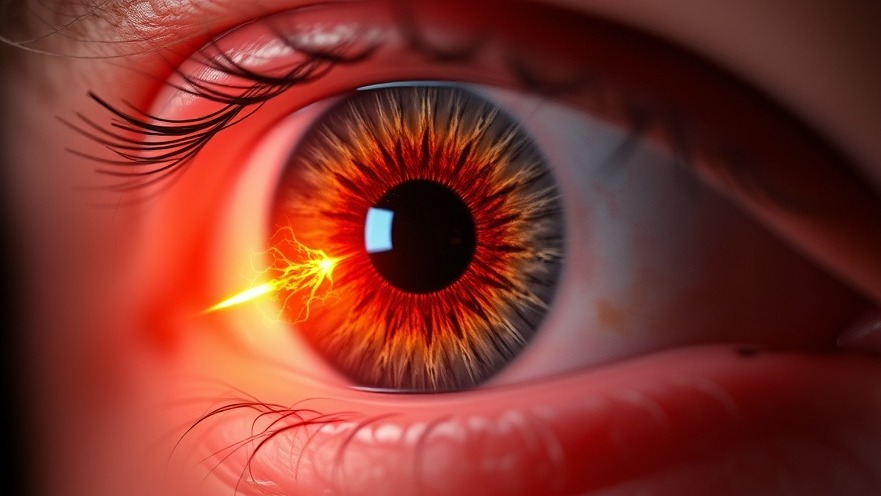
Understanding Compressive Optic Neuropathy: An Overview
Compressive optic neuropathy is a condition that occurs when pressure is exerted on the optic nerve, often due to a tumor or other mass. This pressure can lead to serious vision impairment, making early diagnosis and treatment crucial. For many, the symptoms may escalate gradually, typically resulting in a slow and painless loss of vision. While it often affects one eye and centers on central vision, more severe cases, such as those involving the pituitary gland, can result in loss of peripheral vision in both eyes.
Recognizing the Symptoms: What to Look For
The initial signs of compressive optic neuropathy can be subtle, which is why awareness among healthcare practices is essential. Symptoms usually start with a progressive visual decline that might not seem alarming at first. In a clinical setting, having a keen eye for these gradual changes can set concierge practices apart as leaders in patient care. It is vital for practice owners to understand that their patients may dismiss these symptoms, leading to delayed consultations. Establishing a thorough communication strategy around eye health could enhance patient trust and promote visits related to visual health assessments.
The Importance of Early Diagnosis: Imaging and Evaluation
Timely diagnosis of compressive optic neuropathy typically involves imaging tests, most commonly MRI scans. These tests help pinpoint the source of compression, be it a tumor or other factors such as inflammation from conditions like thyroid eye disease. For concierge practices, offering advanced diagnostic options could be an attractive feature, appealing to patients who prioritize proactive health management. It not only reassures them but also propels the practice as a local authority in comprehensive care.
Crafting a Collaborative Approach to Treatment
Management of compressive optic neuropathy often necessitates surgical intervention, particularly if a tumor is involved. It’s essential for practices to convey treatment options to patients compassionately and to explain the implications and benefits of early intervention. This approach aligns well with the principles of concierge medical care, focusing on personalized wellness strategies. By fostering a supportive environment where patients feel empowered to make informed decisions, practices can significantly enhance patient satisfaction and retention.
The Broader Relationship Between Eye Health and Overall Wellness
Understanding compressive optic neuropathy reveals a critical connection between eye health and overall wellness. As concierge practice owners, prioritizing education around vision health can position your business as an advocate for holistic patient well-being. Patients are increasingly recognizing the link between various health aspects, so incorporating eye health into your wellness initiatives could yield valuable patient engagement and growth in practice.
Enhancing knowledge on conditions like compressive optic neuropathy is more than just a clinical requirement; it's about improving patient relations and outcomes. By proactively sharing information and offering tailored services, your practice can become a leader in local healthcare.
Call to Action
Embrace the opportunity to grow your practice by prioritizing eye health education in your patient outreach. Consider hosting an informational seminar or providing digital resources on eye wellness to establish your prominence in the local healthcare landscape.
 Add Row
Add Row  Add
Add 




Write A Comment